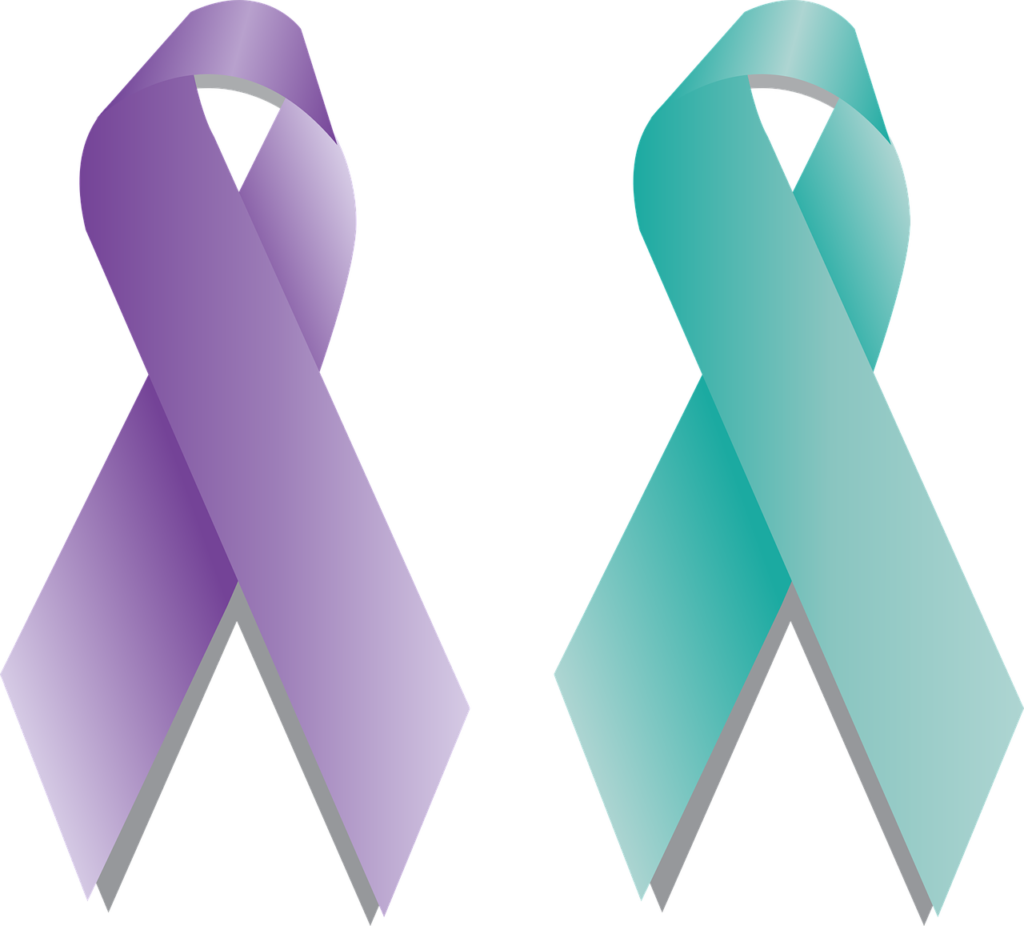
Cervical cancer is one of the more dangerous cancers – not because it’s untreatable, but because it’s often hard to detect until it’s progressed to a certain point. Knowing how to lower your risk of cervical cancer will help you reduce the chances of complications.
4 Tips for Lowering the Risk of Cervical Cancer
For many years, cervical cancer was the leading cause of cancerous deaths in American women. However, in recent decades, the rate of cervical cancer has significantly declined. By making yourself aware of various risk factors and making smart, proactive decisions with your health, you may be able to lower your risk and live a happier, healthier life. Here are some suggestions:
- Get Vaccinated
Almost all cervical cancers are caused by the human papillomavirus (HPV). It’s the most common sexually transmitted infection in the United States and affects tens of millions of Americans each year.
“HPV is very common; up to 80 percent of sexually active people have been exposed at some point in their lives. But the vast majority never develop any symptoms, and the body’s immune system can usually clear HPV on its own within two years,” explains Dr. Summer Dewdney, a gynecologic oncologist at Rush University Medical Center.
The problem is that HPV is unpredictable. Ten people can be infected with HPV, and perhaps only one infection leads to cervical cancer. But it’s not worth playing the odds. The HPV vaccine has been shown to prevent HPV infection and should be administered before becoming sexually active. It’s recommended that both boys and girls receive HPV vaccinations beginning at age 11 or 12.
- Get Tested Regularly
In addition to vaccinating against HPV, it’s recommended that women begin regular screening tests beginning at age 21. There are two types of screening tests that can help doctors discover cervical cancer early on (when it’s still treatable):
- The Pap test – also known as a Pap smear – looks for precancerous signs and cell changes on the cervix that could become cancerous if not treated appropriately.
- The HPV test looks for the virus that can cause the aforementioned cell changes.
If you don’t already have a primary care physician and gynecologist, make sure you develop these relationships so that you can schedule a plan for regular testing. Because symptoms don’t emerge until well after cancer has developed, this isn’t something you should put off. A proactive approach is necessary.
- Practice Safe Sexual Behaviors
Because cervical cancer stems from HPV – which is primarily transmitted during skin to skin contact – safe sex practices are extremely important. For starters, you should wear condoms during sex. However, this alone won’t prevent HPV.
“One reason that condoms cannot protect completely is because they don’t cover every possible HPV-infected area of the body, such as skin of the genital or anal area,” Cancer.org explains. “Still, condoms provide some protection against HPV, and they also help protect against HIV and some other sexually transmitted infections.”
Most importantly, you should limit your number of sexual partners. Because HPV can remain dormant for years without symptoms, it’s theoretically possible for any partner to pass it on at any time.
- Quit Smoking and Reduce Alcohol Intake
Did you know that smoking cigarettes more than doubles a woman’s chances of getting cervical cancer? By quitting smoking – and eliminating the use of all tobacco products – you can significantly lower your risk.
Separate research indicates that drinking alcohol might affect the risk of cervical cancer. Women who do not drink alcohol at all have been shown to have a slightly lower risk, while those diagnosed as “alcoholics” have a greater than average risk.
Living a Healthy Lifestyle
There isn’t any one thing you can do to eliminate your risk of cervical cancer completely. However, there are plenty of small, tangible steps you can take that will proactively encourage health and vitality.
At the end of the day, the best thing you can do to prevent any type of cancer is to live a healthy lifestyle and make smart choices. Everything from what you eat and drink to how much sleep and exercise you get are critically important factors. Be smart about how you’re living and keep the big picture in perspective.